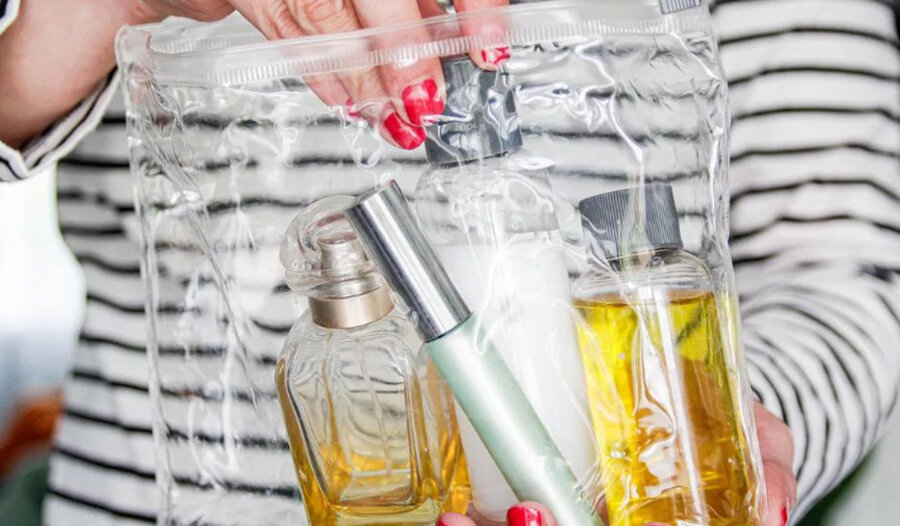читайте также
 Spain’s Real Estate: Record Prices and Falling Yields
Spain’s Real Estate: Record Prices and Falling Yields
 Fuel crisis at Seattle Airport: the Olympic Pipeline outage has disrupted supplies
Fuel crisis at Seattle Airport: the Olympic Pipeline outage has disrupted supplies
 European Hotel Construction Market Breaks Records: Upper Upscale Segment Reaches New Heights
European Hotel Construction Market Breaks Records: Upper Upscale Segment Reaches New Heights
 Middle East Hotel Construction Pipeline Hits Record High: 659 Projects and 163,816 Rooms Under Development
Middle East Hotel Construction Pipeline Hits Record High: 659 Projects and 163,816 Rooms Under Development
 New Rules for Greece’s Golden Visa: What Changes for Investors
New Rules for Greece’s Golden Visa: What Changes for Investors
 Holiday Travel 2025: Less Spending, More Generational Shifts — Deloitte’s New Forecast
Holiday Travel 2025: Less Spending, More Generational Shifts — Deloitte’s New Forecast
EU Airports to End 100ml Liquid Limit in Hand Luggage

Photo: travelandtourworld.com
The European Union is preparing to revise the rule that limits the transport of liquids in hand luggage. The introduction of new security screening systems will allow the 100ml restriction to be lifted, provided proper certification is obtained, according to Euronews.
Currently, the rules prohibit passengers from carrying liquids, aerosols, and gels over 100ml due to standard scanners' inability to reliably detect certain liquid explosives. Exceptions are made only for medications, baby formula, and special dietary products.
The 100ml rule was introduced in 2006 following a foiled terror plot in the UK involving liquid explosives intended for US and Canada-bound flights. The UK first implemented the rule, followed by the rest of the EU.
Some European airports began installing more advanced scanners in recent years. However, in mid-2024, the European Commission temporarily banned their use due to technical limitations. Upgraded equipment, developed with the European Civil Aviation Conference (ECAC), was approved in June 2025 after testing.
ECAC oversees technical certification and safety standards for security systems used in 44 member states, including all EU countries, as well as Albania, Armenia, Azerbaijan, Georgia, Turkey, Ukraine, and the UK. Without ECAC approval, no equipment can be deployed for hand baggage screening.
New detection systems have already been installed in Rome and Milan, with seven terminals in Italy now equipped. Airports in Germany, Ireland, Lithuania, Malta, Sweden, and the Netherlands may follow, pending final certification.
In the U.S., CT scanners were installed in 278 airports by July 2025, according to the Washington Post and TSA. With over 5,000 civil terminals in the country, full rollout could take 10–15 years.
Aviation security professor Jeff Price believes it is premature to revise the liquid rule. He notes that strict security measures have prevented major aviation incidents in the U.S. since 9/11. “Travel used to be more comfortable, but now it's much safer,” he said.
Mike Evans from Securitas’ Risk Intelligence Center added that any change should be implemented only when all technological, staffing, and procedural elements are in place. Analysts argue the system is not yet ready.
Former TSA agent Caleb Harmon-Marshall emphasized that technology cannot fully replace human operators. Even with advanced scanners, trained personnel are required to interpret images and assess threats accurately.
Until new rules are officially enacted, passengers are advised to follow existing requirements: liquids must be in containers of no more than 100ml, packed in a 1-liter transparent bag. Even in airports with new equipment, these rules remain until certification is complete.





